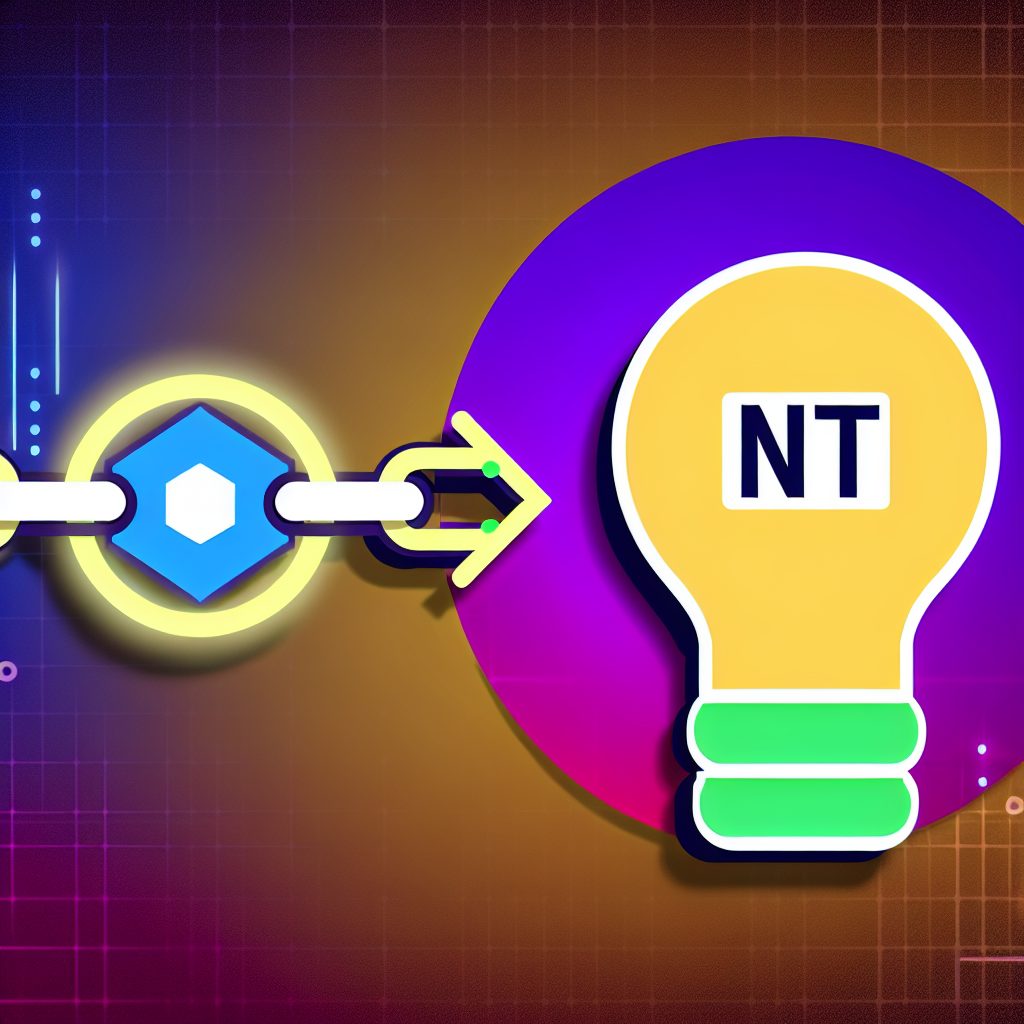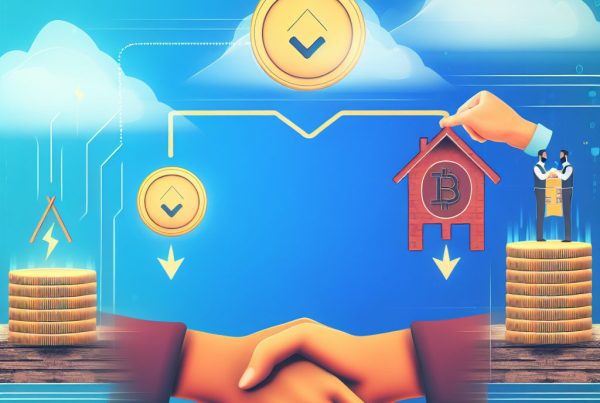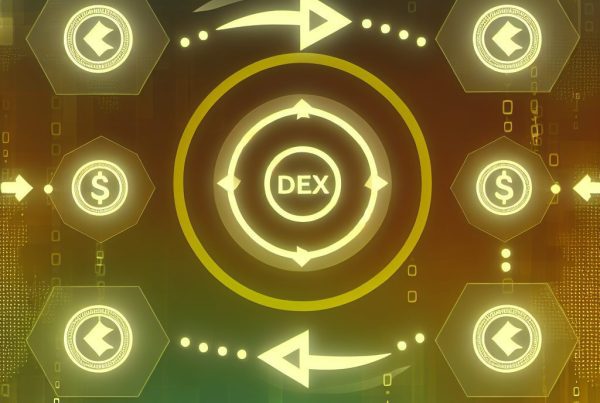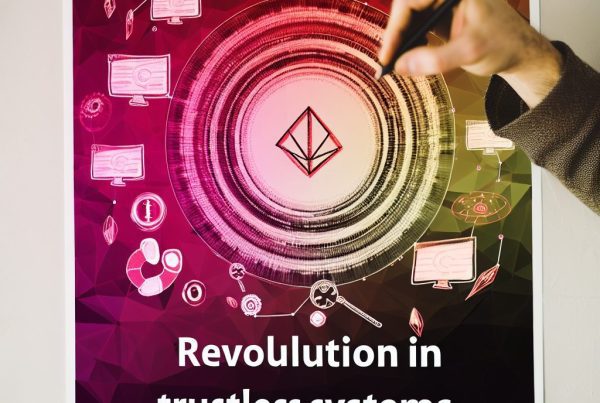Understanding the NFT Minting Process
The world of Non-Fungible Tokens (NFTs) has taken the cryptocurrency industry by storm, revolutionizing how we perceive ownership and value in the digital realm. At the heart of this phenomenon lies the minting process, a crucial step that transforms digital assets into unique tokens on the blockchain. This article delves into the intricacies of the NFT minting process, providing insights for both newcomers and seasoned enthusiasts.
What is NFT Minting?
NFT minting refers to the process of creating a new NFT and registering it on a blockchain. Unlike cryptocurrencies such as Bitcoin or Ethereum, which are fungible and can be exchanged for one another, NFTs are unique digital assets that represent ownership of a specific item or piece of content. This uniqueness is what makes NFTs valuable.
When an NFT is minted, it is assigned a unique identifier and metadata that distinguishes it from other tokens. This metadata can include information about the creator, the asset’s history, and any associated digital files, such as images, videos, or music.
The Importance of Blockchain Technology
The minting process relies heavily on blockchain technology, which provides a decentralized and secure environment for recording transactions. Each NFT is stored on a blockchain, ensuring that ownership is transparent and verifiable. The most commonly used blockchains for minting NFTs include:
- Ethereum: The most popular blockchain for NFTs, known for its robust smart contract capabilities.
- Binance Smart Chain: Offers lower transaction fees and faster processing times.
- Flow: Designed specifically for NFTs and digital collectibles.
- Tezos: Known for its energy-efficient proof-of-stake consensus mechanism.
The NFT Minting Process Explained
The minting process can be broken down into several key steps:
1. Choose a Blockchain
The first step in minting an NFT is selecting the appropriate blockchain. Each blockchain has its own set of features, transaction fees, and community support. Ethereum remains the most widely used platform, but alternatives like Binance Smart Chain and Flow are gaining traction.

2. Set Up a Digital Wallet
To mint an NFT, you need a digital wallet that supports the chosen blockchain. This wallet will store your NFTs and any cryptocurrencies needed for transaction fees. Popular wallets include:
- MetaMask: A widely used Ethereum wallet.
- Trust Wallet: Supports multiple blockchains.
- Coinbase Wallet: User-friendly and integrates with the Coinbase exchange.
3. Select an NFT Marketplace
Next, choose an NFT marketplace where you will mint and sell your NFT. Some popular marketplaces include:
- OpenSea: The largest NFT marketplace, supporting various types of digital assets.
- Rarible: A decentralized platform that allows users to create and sell NFTs.
- Foundation: A curated marketplace focused on digital art.
4. Create Your Digital Asset
Before minting, you need to create the digital asset you want to tokenize. This could be an artwork, music, video, or any other digital file. Ensure that your asset is original and that you have the rights to mint it as an NFT.
5. Mint the NFT
Once your digital asset is ready, you can proceed to mint it. This typically involves:
- Uploading your digital file to the chosen marketplace.
- Filling in the metadata, including title, description, and any additional attributes.
- Setting a price or auction parameters if you plan to sell the NFT.
- Confirming the transaction in your digital wallet, which may require paying a gas fee.
6. Listing and Selling Your NFT
After minting, your NFT will be listed on the marketplace. You can choose to sell it at a fixed price, set up an auction, or keep it in your collection. Promoting your NFT through social media and other channels can help attract potential buyers.
Real-World Applications of NFTs
NFTs have found applications across various industries, showcasing their versatility and potential. Here are some notable use cases:
1. Digital Art
Artists are leveraging NFTs to sell their work directly to collectors, eliminating intermediaries. For instance, Beeple’s “Everydays: The First 5000 Days” sold for a staggering $69 million at a Christie’s auction, highlighting the financial potential of digital art NFTs.
2. Gaming
In the gaming industry, NFTs are used to represent in-game assets, allowing players to truly own their items. Games like Axie Infinity and Decentraland have created vibrant economies where players can buy, sell, and trade NFTs.
3. Music and Entertainment
Musicians are exploring NFTs as a new revenue stream. Artists like Grimes and Kings of Leon have released exclusive music and concert tickets as NFTs, providing fans with unique experiences and ownership.
4. Virtual Real Estate
Virtual worlds like Decentraland and The Sandbox allow users to buy, sell, and develop virtual land as NFTs. This trend is gaining traction as more people invest in digital real estate.
Challenges in the NFT Minting Process
While the NFT minting process offers exciting opportunities, it also comes with challenges:
1. Environmental Concerns
The energy consumption associated with minting NFTs on proof-of-work blockchains like Ethereum has raised environmental concerns. However, many projects are exploring more sustainable alternatives, such as proof-of-stake blockchains.
2. Market Volatility
The NFT market can be highly volatile, with prices fluctuating dramatically. Artists and collectors must be prepared for the risks associated with investing in NFTs.
3. Copyright Issues
As NFTs gain popularity, copyright infringement has become a concern. Creators must ensure they have the rights to mint their digital assets as NFTs to avoid legal issues.
Frequently Asked Questions (FAQs)
What is the cost of minting an NFT?
The cost of minting an NFT varies depending on the blockchain and marketplace used. Gas fees on Ethereum can range from a few dollars to hundreds, depending on network congestion.
Can I mint an NFT for free?
Some platforms offer free minting options, often referred to as “lazy minting,” where the NFT is created without upfront costs and fees are paid only upon sale.
How do I promote my NFT?
Promoting your NFT can be done through social media, online communities, and collaborations with other artists or influencers. Engaging storytelling about your work can also attract potential buyers.
Are NFTs a good investment?
Investing in NFTs can be lucrative, but it carries risks. Researching the market, understanding the value of the asset, and being aware of trends are essential for making informed decisions.
Conclusion
The NFT minting process is a fascinating intersection of technology, creativity, and commerce. As the cryptocurrency industry continues to evolve, understanding how to mint and manage NFTs will be crucial for artists, collectors, and investors alike. By leveraging blockchain technology, NFTs are reshaping ownership and value in the digital age.
For the latest news and updates in the cryptocurrency space, consider visiting Bitrabo. Follow me on social media for more insights: X, Instagram, Threads.
Disclaimer: This article is for informational purposes only and should not be considered financial advice. Always conduct your own research before making investment decisions.
The Crypto Watchlist of the Week 🔎
Subscribe to receive expert-curated projects with real potential—plus trends, risks, and insights that matter. Get handpicked crypto projects, deep analysis & market updates delivered to you.


